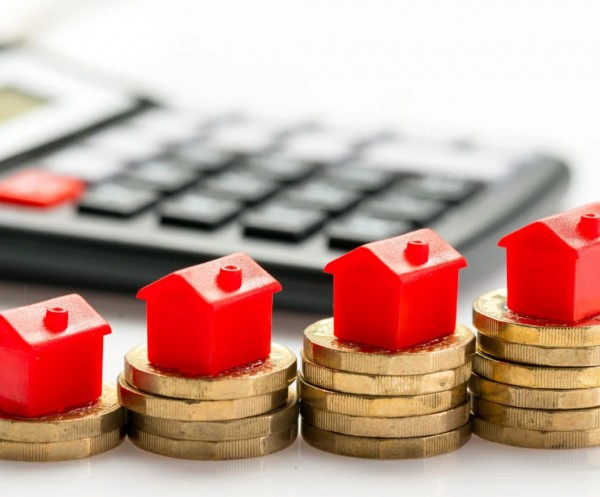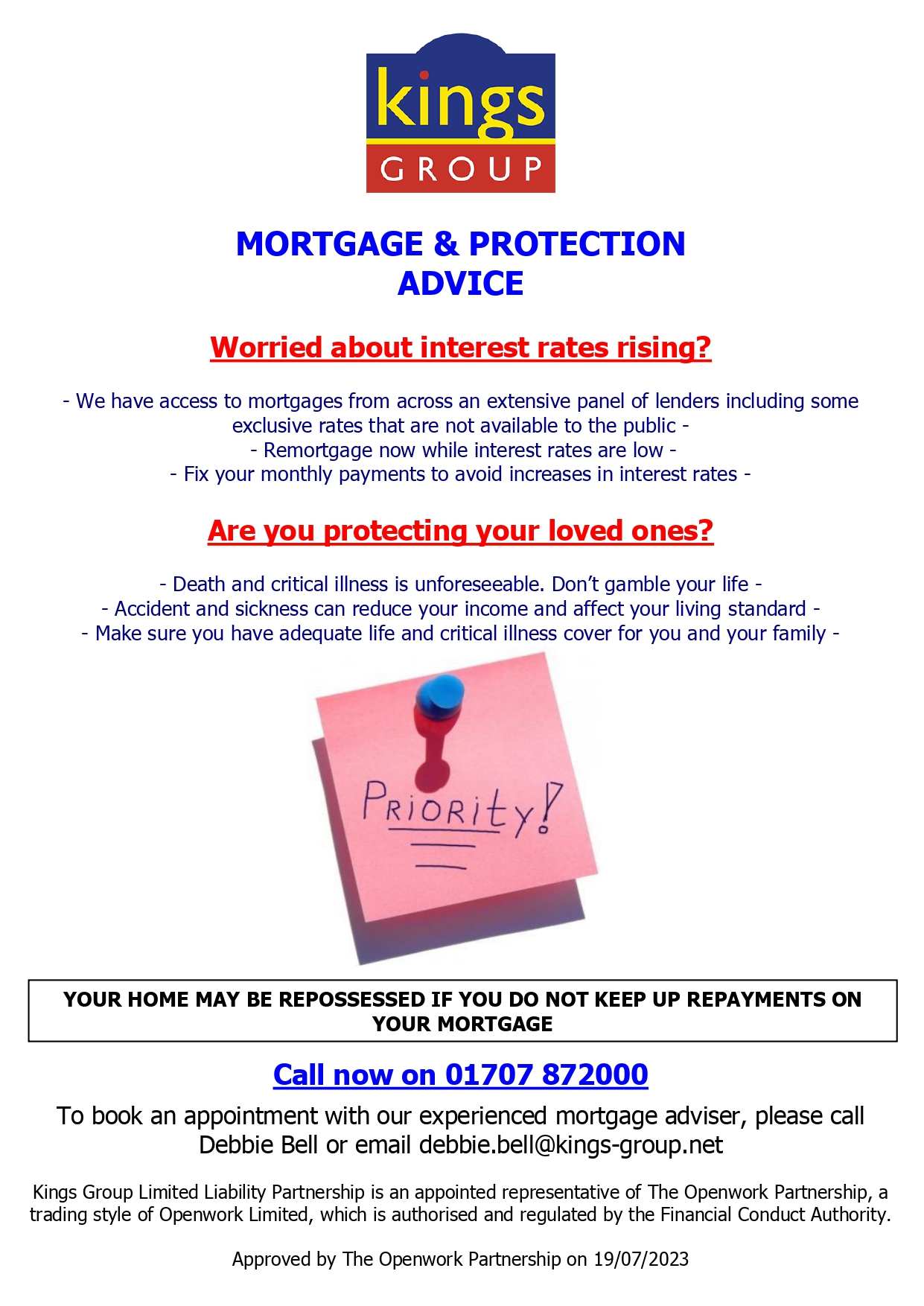
It’s hard to believe now, but this time last year, all the talk was about how resilient the housing market had been in the face of Brexit uncertainty. And, with Boris Johnson’s election and his unexpected success in renegotiating terms with the EU, it all ended with a rising sense of optimism. Commentators were even promising ‘a far brighter, smoother year in 2020’. Little did they know.
By January, the market was beginning to feel the effects of the much anticipated ‘Boris Bounce’. Rightmove reported asking prices had risen by 2.3%, their biggest ever rise for the month. In February, asking prices rose again, this time by 0.8% and, according to Rightmove’s Miles Shipside:
“Owners coming to market this spring face their best selling prospects for several years.”
Even London’s market, which had been lagging behind the rest of the country, was showing signs of improvement. In February, prices in inner London rose by 3.5% and by 3.1% annually.
And then in March we had lockdown and house sales fell off a cliff. In an effort to prevent the market from crashing, the government slashed the base rate to 0.1% and introduced mortgage holidays for cash-strapped homeowners. Even so, many were predicting house prices could fall by as much as 15%.
Unable to buy or sell, the housing market was forced to tread water until May, when it unexpectedly reopened. After months of being confined to our homes, many were desperate for some extra space, especially those living in flats. With the weather improving, we also wanted gardens and easy access to open spaces.
All that pent-up demand meant, just two days after the reopening, there were 5.2 million visits to Rightmove’s property portal. It was a different story for first-time buyers, though. The crisis had made lenders wary of exposing themselves to those with smaller deposits and a huge number of high loan-to-value mortgages were withdrawn from the market. As a result, demand was far higher for houses than for starter flats, especially for those in less urban areas, as we sought refuge in the country.
In July the Stamp Duty holiday was announced and things really took off. Buyer inquiries rose by an astonishing 75% compared to July 2019. Activity didn’t even quieten down for Christmas. With delays in many parts of the sales process, buyers and sellers rushed to get deals tied up before the Stamp Duty holiday ends on 31st March 2021. In the midst of it all, our Brexit deal was finally signed off, although it no longer grabbed the headlines like it once did. By the time the year ended, prices were up by an impressive 7.3% (Nationwide).
So, what about 2021? After 2020, only the very brave would claim any real certainty, but the general consensus is that, despite the latest lockdown, the rush to beat the Stamp Duty will keep agents busy until the end of March. New sales activity, however, may be reduced from February, as deals agreed beyond January would be very unlikely to make the cut. As has happened with previous changes to Stamp Duty, there is then likely to be a significant lull.
What comes next is not yet clear but, by late spring, large numbers of people will have been vaccinated, which should bring about a feel-good factor. If we then see a rapid economic recovery then house prices will rise with it. If, on the other hand, the economy fails to recover quickly enough or unemployment rises more than expected, prices could come down. The uncertainty means experts’ predictions for 2021 are even more wide-ranging than usual, varying from -5% to +4%. Even if the most pessimistic of predictions came true (-5%), it would still not wipe off the spectacular and unexpected gains made in 2020.
2020: the facts
Nationwide: Dec 19 to Dec 20: National £230,920 +7.3%. London £486,562 +6.2%
Halifax: Dec 19 to Dec 20: National £253,374 +6.0%.
Land registry: Oct 19 to Oct 20: National £245,443 +5.4%. London £490,936 +3.9%
Hometrack: Nov 19 to Nov 20: Top 20 cities £259,900 +3.5%. London £485,100 +2.8%
Rightmove: Dec 19 to Dec 20: National £319,945 +6.6%. London £620,986 +3.5% (asking prices).
The predictions
Please note – where possible, comparative figures for 2020 are from the commentator’s own indices.
Nationwide
Nationwide’s indices recorded growth of 7.3% in 2020. Last year, they predicted prices would remain flat. This time around, they haven’t given a precise figure but say:
”The outlook remains highly uncertain. Much will depend on how the pandemic and the measures to contain it evolve as well as the efficacy of policy measures implemented to limit the damage to the wider economy.”
Halifax
Halifax didn’t give an exact figure for 2020 but expected prices and transaction volumes to rise. In the event, they did, but – but by an unexpectedly high margin – 6%. This year, with unemployment likely to be on the increase, they expect prices to fall between 2% to 5%
Hometrack
They were one of the few to get things just about spot on with their prediction of +3% against a final figure of 2.8%. This year, they expect house price growth to slow to +1%
Rightmove
Rightmove are another who underestimated growth in 2020. Their 2% prediction was some way below the 3.5% reality. They are one of the more optimistic about 2021, forecasting growth of 4%, with housing remaining a priority on people’s life agendas.
RICS (Royal Institution of Chartered Surveyors)
RICS predicted prices would rise by 2% in 2020, which was some way short of the average 6%-7% reported by the larger lenders. They are yet to make a prediction for 2021.
ARLA Propertymark (National Association of Estate Agents)
Last year, more than a quarter of member agents (28 %) were expecting house prices to fall against 56% who expect them to remain the same. Only 25% got it right, expecting prices to rise. They have yet to make their predictions for 2021
A selection of other predictions
CEBR expects house prices to fall by 3% in 2021
EYITEM expects a fall of 5%
Capital Economics is also predicting a fall of 5%
Rental market
At the start of 2020, supplies of rental property were plunging and rents were rising. In January, Homelet’s Rental Index showed average rents were up by 2.3% and by 4.4% in London. Despite a raft of upcoming tax and legislative changes, landlords’ confidence remained surprisingly high - 25% were expecting rents to increase, and 32% were expecting property prices to rise (source: Paragon Mortgages). Then, just as with the sales market, March came and everything ground to a halt. Afraid of mass evictions and tenant hardship, the government allowed tenants to take a three month rental holiday and banned evictions.
Pent up demand ensured there was plenty of activity when the market re-opened in May, although COVID restrictions made viewings more complicated than previously. Just like the sales market, demand for inner city properties was markedly lower than for other areas, with tenants searching for more open spaces, resulting in a market that was operating at two different speeds.
As we moved into summer, landlords, unable to evict tenants, were becoming increasingly concerned about tenants’ arrears, although rents continued to rise - up by 2.1% between July and August. In the autumn, there was a brief window of opportunity for landlords to evict problem tenants, but with such large backlogs, only the most serious cases were heard. The extension of the furlough scheme until April 2021 did offer some comfort, providing vital financial support for both companies and their employees.
By the time the year ended, rents had risen by 2.7% across the country but had fallen by 4.5% in London. The average rent (excluding London) is now £838 and £1,556 in the capital (source: Homelet).
Commenting on the outlook for 2021, Andy Halstead, chief executive at HomeLet & Let Alliance, said:
“Whilst overarching optimism remains strong for 2021, with vaccines being rolled out for COVID, we can still expect a year that will be disrupted by the impact of the virus. With the new national lockdown and the prospect of additional restrictions to help curb the impact of the virus and new variants, we can expect the demand for certain property types and locations to grow, pushing rents up further.”
Our eventual return to commuting may also lead to increased demand for properties in city centres, especially if, as expected, the cost of commuting rises substantially as transport companies try to make up for their substantial losses.
As ever, there are some legislative changes to watch out for this year - electrical safety tests will be required for all existing tenanted properties by April 1st, although, the government is being lobbied to extend the deadline for another 12 months. The eviction ban has just been extended for another 6 weeks and may well be extended again. And, finally, the Right to Rent checks on EU citizens will change from 30th June 2021 to take into account the new Points Based Immigration System.
Kings Lettings LLP Crown House
Tel 01992 785 000
